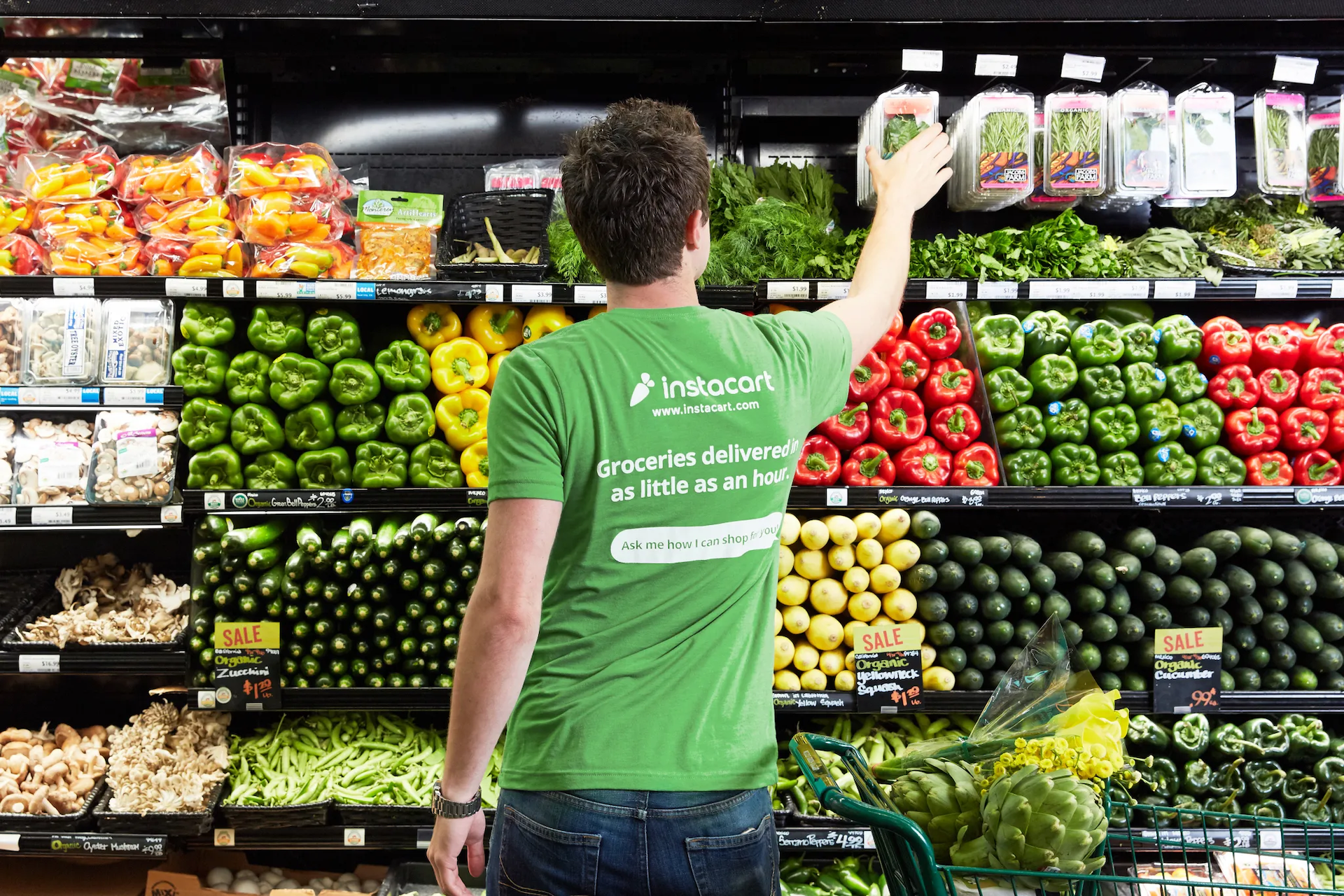The Beehive, a newly launched online newsletter, recently sent questions to various parties interested in Prop 2, including Libertas.
The following rebuttal addresses answers provided by The Church of Jesus Christ of Latter-day Saints, the Utah Medical Association, and Drug Safe Utah, all three of which have opposed Proposition 2. As you can see, many of the answers provided are irrelevant, misleading, or outright false.
The Church of Jesus Christ of Latter-day Saints
The LDS Church’s statement of support for medical cannabis was conditioned on what is now called “an ideal solution from [its] point of view”—a presently impossible scenario in which cannabis is prescribed by a physician and dispensed in a pharmacy. This is illegal under federal law. Asked about this apparent problem in their statement of “support,” the Church (in an unattributed statement) is now walking back the position stated by its leaders at the press conference opposing Prop 2:
We are willing to support other proposed solutions that protect children and our society by allowing access to those who have a real medical need.
The Church states that its preference is to have “marijuana treated like other prescription medication” but that “we understand this has not been done in this manner in any other state.”
At the press conference, one of the Church’s leaders stated, “We are deeply concerned by the history of other states that have allowed for medical or recreational use of this drug without the proper controls and have experienced serious consequences to the health and safety of their citizens.” The Beehive asked the Church to elaborate on what “serious negative consequences the Church was referring to.
The answer reads, in full:
We are concerned about what has happened in other states when a “so called” medical cannabis initiative was passed. Here are some facts from our neighbors in Colorado after their initiative passed:
— Marijuana related traffic deaths nearly doubled (from 6.2% to 12.3% annually).
— Marijuana related hospitalizations increased 66%.
— There was also a 26% increase in teen usage in the three years following the passing of their initiative.
This misleading and false information illustrates the problem with speculative, fear-based concerns of “unintended consequences” driving policy.
For example: “marijuana-related” traffic deaths or hospitalizations predictably rise in states after cannabis is legally accessed and people can begin ingesting it. Why? Because the metabolite of cannabis can remain in a person’s body for several weeks after legally ingesting it.
This metabolite is traceable in a blood draw, and therefore reported in a subsequent traffic death or hospitalization. But that doesn’t mean it was impairing the person in any way. It simply is a register of past marijuana use—that is all. This dubious claim has no bearing on the cannabis’ influence on traffic deaths or hospitalizations.
As for the claim that there was “a 26% increase in teen usage” after Colorado passed its medical program, this is an absurd claim when one looks at more data than a single state at a single point of time, with questionable data even then. For example:
With medical marijuana already legal in 29 states and even more states considering legalization, some believe that the inevitable next step is an increase in recreational marijuana use among adolescents, but a new study published today in Addiction busted that myth.
“We had done an earlier study published in the Lancet [a peer-reviewed medical journal] in 2015 of a million adolescents that were surveyed yearly between 1991 and 2014, and found no increase in teen use of cannabis or marijuana. We were surprised by that result,” said Dr. Deborah S. Hasin, an author of the study and professor of epidemiology at Columbia University.
But despite a series of similar studies with the same result, she said, “People were so convinced that medical marijuana laws were going to increase teen use so they questioned the relationship.”
In order to provide a more definite answer, the study authors went back to do a meta-analysis, a look at all the past studies that were rigorous enough to be included. They systematically reviewed 2,999 academic papers to find 11 suitable studies to pool together.
None of the 11 studies, which covered data from 1991 to 2014, found an increase in past-month marijuana use among teens after medical marijuana was legalized in their state.
“Altogether, if there was any weak relationship, it would have been found,” Hasin said. “But there was no evidence for increased recreational marijuana use post medical marijuana legalization in teens.”
The LDS Church’s pointing to Colorado is a comparison between apples and oranges; even if these claims were true and indicative of a problem—which they are not—Proposition 2 is not the same as Colorado’s medical program. There are substantial differences between the two.
Further, highlighting a single state with a different culture and attitude towards cannabis than that of Utah’s population is an unreasonable and politically calculated attempt to form an argument where one would not exist if one were to look at the 30 states that have now gone before Utah.
The Utah Medical Association
In its response, the UMA claims that “We have worked for the past 4 years on moving forward in a safe manner with the Utah Legislature to make sure we are protecting people in Utah and we will continue to move forward.” In reality, UMA has been consistently fighting against broad access to medical cannabis; they do not like that the word “medical” is used without the blessing of the FDA, and they object to cannabis being used medicinally without being only in “dosage form.” UMA has been one of the chief opponents for several years and have been doing anything in their power—including, now, spearheading the opposition to Prop 2—to thwart a reasonably broad medical cannabis program.
Just as the LDS Church’s poison pill of dispensary-only cannabis meant opposing any existing program—since none can pursue that option—the UMA states that “there were [sic] need to be doses” to gain their support of a medical cannabis program.
But decades of blocking research—a position that continues under the current administration—has made it difficult to arrive at the point of dosing cannabis-related products as is done with other prescription drugs. So, this poison pill suggests UMA will not support any broad program anytime soon because physicians lack the research, training, and technology to ascertain specific doses for specific conditions.
Cannabis is more a therapeutic herbal remedy than a dosed prescription drug. The plant has many different cannabinoids, flavinoids, and terpines interacting with one another in different amounts and ratios based on the strain and strength of the plant. These interacting elements form what’s called the “entourage effect” which apparently provides the patient with remedy far greater than isolating a single cannabinoid on its own.
But that’s what UMA wants. They are big fans of Epidiolex and Marinol—products approved by the FDA for specific conditions. The former is a CBD derivative only for epileptic patients, while the latter is a synthetic cannabinoid used for anorexia. This leaves tens of thousands of patients on the sidelines while we wait for sufficient research and testing to be done.
This is unacceptable. It’s been the position of UMA for years, and the position of many legislators. It’s among the reasons why Senator Madsen’s legislation was unsuccessful. And it’s the precise reason why Prop 2 exists—to provide patients relief from the criminal justice system while they pursue increased health, despite not having decades of research behind them to provide specific dosing instructions.
Prop 2 is not a scientific ballot initiative—it’s a criminal justice one. The entire point of the proposal is to shield patients, under specific conditions, from the criminal justice system. Dosing would be great, and will increasingly come with more time and research. But patients don’t have the luxury of waiting that long, nor should they have to.
When asked about “how Proposition 2 endangers Utah’s youth and brings harm to society,” UMA responds with a laundry list of complaints we have rebutted previously.
For example, UMA complains that children “could be on these products” without a physician knowing what they are taking. Does the Utah Medical Association think so poorly of their own members that they foresee physicians blindly handing out recommendations without any follow-up care or consultation? It is rather astounding to see such little faith in one’s own profession.
UMA lists a number of completely speculative concerns, stating without qualification—or evidence—that “we will see drastic increases in emergency room visits for children and teens.” Yet here, UMA tries making the same problematic argument as the LDS Church, suggesting that increased use means a causal connection to the actual problem. But that’s simply not the case:
In both this dataset and the data for hospitalizations, researchers counted any patient with a marijuana-related billing code, even if that code was unrelated to the injury being treated. So, if a patient were to come in with a cut on their hand, but also had [used cannabis] a few hours prior, they would receive a billing code and count as a “marijuana-related hospitalization.”
UMA also states, “There is also no limit on possession in homes. That is very concerning to us as that is not medicine.” Medicine is not defined based on a storage limit. Whether one possesses a single pill of aspirin or an entire bottle, it is still medicine. And while there are no limits on home storage, Prop 2 does regulate the maximum amount that can be purchased from a dispensary. To suggest that suffering patients can’t have their medicine because they wish to hang onto some for the future is inconsistent with the way people behave with other medications; many people fill unneeded prescriptions and retain the extra medication for potential future use. That doesn’t mean it’s not medicine.
UMA continues: “These pot shops being run by someone who only has to be 21 years of age, can be within 300 feet of neighborhoods and 600 feet of schools, churches, parks and playgrounds.” The pejorative “pot shop” clearly illustrates UMA’s persistent hostility to cannabis as a medicine. And pharmaceutical companies are able to be operated by adults, so why not dispensaries? Finally, the distance restrictions are consistent with tobacco shops.
UMA also complains that for a medical cannabis card holder who is found without their card but in possession of their medicine, “the only fine is an infraction and a $100 fine.” But why does a supposed medical association care so much about criminal penalties for patients who forget their card at home? If these people have been established as patients, it seems extremely unreasonable to apply criminal charges for simple forgetfulness.
UMA concludes as follows:
If it is medicine, it should follow a path of medicine with appropriate protections in place for the public, not just open the door to pot shops and the sale of marijuana in any form that big business marijuana wants to sell just so they can make money. This initiative is not about medicine. It is not about treating patients. It is about big money!
Proposition 2 has nothing to do with money, and UMA’s end focus on this fact shows how political they have become on this issue. Libertas Institute and other advocates are concerned about one thing only: ensuring that criminal consequences are not applied to sick people trying to use something that can help them increase their health. That is all.
We applaud those who are willing to take risks and invest in businesses that can provide a service for sick people, whether that be hospital owners, physicians opening their own medical practice, pharmaceutical companies “making money” to develop new drugs, or any number of the millions of people profiting off of patients in exchange for helping them become more healthy. We welcome the same situation in the field of medical cannabis, and hope that significant investment in research and technology will provide a better future for all involved in determining how best to use cannabis.
Drug Safe Utah
As the official organization opposed to Proposition 2, Drug Safe Utah was asked a few questions as well. For starters, when asked about protections for children and families, DSU claimed “Prop 2 increases the risk of harm to Utah kids.” No evidence was offered, nor did they mention the harm that the status quo brings to countless children suffering from epilepsy, cancer, pain, etc. who are denied a medicine that could help.
DSU also claimed, “States legalizing medical marijuana have seen an increase in youth usage, suicide and addiction rates.” Further, “At least 1 out of 11 adolescents who try marijuana will end up addicted.” Yet this data has nothing to do with medical programs only; many adolescents are addicted to the prescription drugs they are prescribed for their condition. And because teens won’t be able to recreationally purchase cannabis from a dispensary, these claims have zero bearing on Prop 2. But they do sound scary, so DSU uses them liberally.
What is clear is that criminalization has not stopped the problem DSU refers to. Cannabis can be readily found on any high school campus. Yet denying innocent, law-abiding patients out of a fear of already-existing recreational use by those who don’t care about the law only adds suffering unnecessarily.
We share the concern of youth abuse of drugs, but there is no data DSU can offer that indicates Prop 2 will increase teen recreational usage. In fact, that data does not appear to exist. Case in point, a study published in the Journal of the American Academy of Child and Adolescent Psychiatry reviewed 11 studies on the topic, finding that “current evidence does not support the hypothesis that [medical marijuana law] passage is associated with increased marijuana use prevalence among adolescents in states that have passed such laws.” And despite 30 states now legalizing medical cannabis, teen marijuana usage is at the lowest point in two decades.
DSU further argues that Prop 2 “contains none of the traditional safeguards of medical practice.” They also argue that it makes “recreational marijuana easily accessible.” This false claim is the basis of a recent complaint by Utah Patients Coalition over DSU advertising claiming that the proposal would legalize recreational marijuana. And while opponents may claim they do not like the regulatory structure proposed in Prop 2, what is really at issue is their underlying animosity towards “marijuana” more generally, and a bias against what they perceive to be a “dangerous drug.” A recreational program is one where physicians and permission slips play no part, but that is a not a system being set up under Prop 2.
Like the LDS Church and UMA, DSU also offers their own poison pill:
The Coalition’s statement specifically called upon the Governor and Utah Legislature to work on scientifically supported and state-controlled solutions that protect all Utahans.
To condition your support on something being “scientifically supported” is to emphatically reject a broad program and perpetuate the criminalization of patients. The much-delayed science on cannabis is decades behind in the United States where it ought to be, and the point at which DSU might be satisfied with the science could be far in the future. That is an untenable position. And as their fellow coalition members, DSU also argues that medical cannabis would be “better distributed by pharmacies.” We may not disagree, but because it’s not an option it is foolish to condition support based on this theoretical future option.
We have already responded to DSU’s claims about growing plants and the affirmative defense in separate rebuttals, here and here.
Conclusion
Libertas Institute has been at the forefront of Utah’s push for medical cannabis; our interview five years ago got the ball rolling and our legislative efforts for the past several years have not met with enough success. So the Utah Patients Coalition was formed, and a sufficient number of Utah voters signed the petition—notwithstanding the concerted efforts of opponents to lie, cheat and try to remove enough signatures to stop it.
But the aforementioned opponents have resisted these efforts from the beginning, and have consistently fought against attempts to expand access and shield patients from the criminal justice system. Rather than negotiating and discussing options to improve, they have attempted to undermine and attack these efforts.
These latest ploys are a pattern and part of a long trend in opposition. We are gratified that their claims resonate only with a minority of voters. We encourage all participating in this important debate to be honest, use accurate data, and not attempt to mislead voters into adopting a position they otherwise might not.




